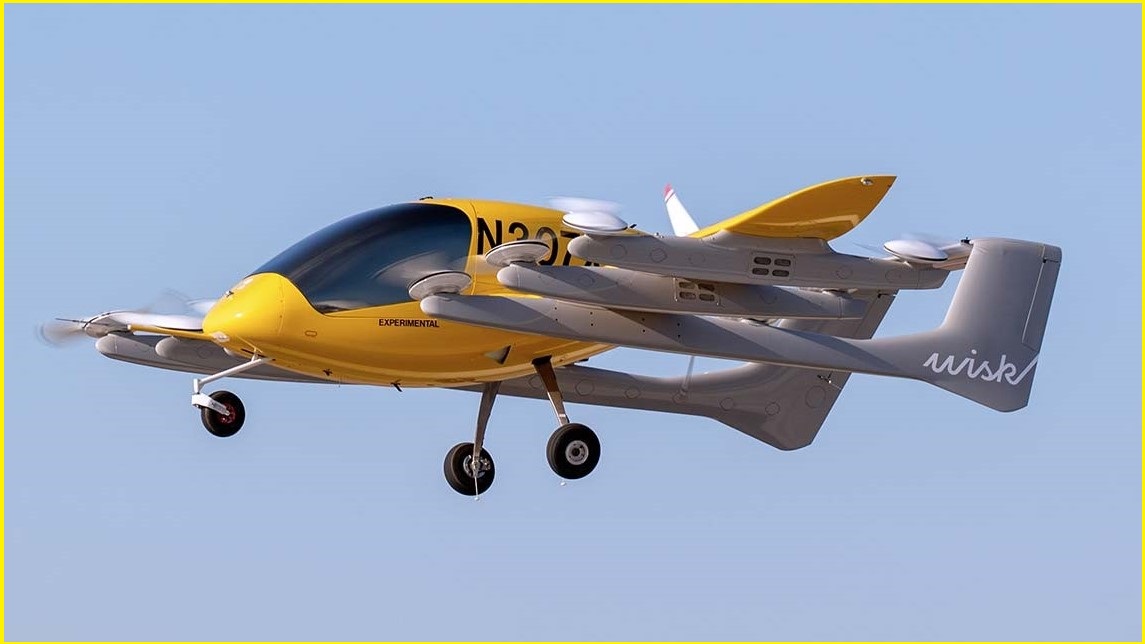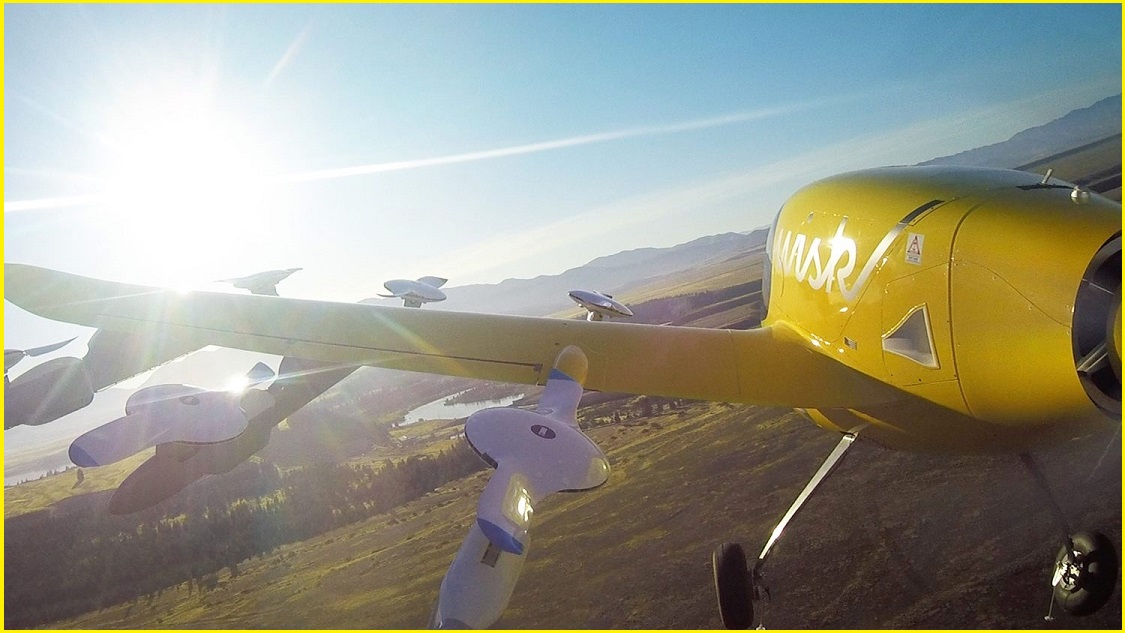Uber isn’t the only company looking to launch local flying taxi services.
In what’s being billed as the future of flight, self-driving air taxis are coming to Australia.
The autonomous, all-electric flying machines are set to take off in South East Queensland (SEQ) after the regional Council of Mayors announced it has partnered with Wisk Aero to introduce a sustainable, scalable autonomous air taxi service to the region.
The council believes local tourism, the mix of rural, beach and city environments, and the upcoming Olympic Games makes this a viable opportunity.
A specialist in advanced air mobility (AAM), Wisk has developed the first all-electric, self-flying air taxi and have had its fifth generation aircraft on display in the area.
Brisbane Lord Mayor and Council of Mayors (SEQ) chair Adrian Schrinner said attracting global businesses and innovative industries to the region like Wisk was a big part of the reason why the Council of Mayors first kickstarted the Brisbane 2032 Olympic and Paralympic Games journey.
“We’re thrilled to be working with Wisk to look at how South East Queensland can capitalise off the new jobs and economic opportunities associated with this Australian-first industry,” Schrinner said.
The Wisk Aero taxis are electric vertical take-off and landing vehicles (eVTOL) that rise like a helicopter and fly like a plane.
By doing away with the need for a runway and being able to fly from point to point, they particularly suit urban air mobility.
Services to go global
With cities like Singapore, Paris and Los Angeles expecting to embrace advanced air technology, the regional consoles want to boost these kinds of innovative experiences that cater to the tourism and travel market across SEQ.
Schrinner believes SEQ is the perfect Australian location to trial and launch the air industry.
With a memorandum of understanding in place, the region’s councils want to drive the introduction of the autonomous air mobility industry more widely, which could extend beyond operators like Wisk across SEQ.
This focus on collaboration between councils and the industry is intended to focus on the needs of the communities while also ensuring there’s a consistent, collaborative approach to planning and regulation.
“This collaborative approach will be critical to the industry’s investment and rollout across our region in the future,” he said.

Wisk is flying high. Photo: Supplied
Magnificent flying machines still need regulation
Wisk’s Asia-Pacific regional director Catherine MacGowan sees this the new partnership as a starting point for expanding across Australasia, offering more sustainable tourism and transport options.
“It has the potential to accelerate the introduction of emissions-free aviation, help reduce transport-driven carbon emissions, and realise the benefits of AAM for the Queensland state economy and the wellbeing of its citizens,” she said.
While these flying machines show the possibilities of this technology, there are still significant regulatory hurdles to overcome for all these air taxis services.
The vehicles themselves will need to be certified and flight paths approved in busy airspace that is also now having to accommodate drones.
Noise and a raft of and safety considerations will also need to be addressed.
In its more recent regulatory roadmap, the Civil Aviation and Safety Authority (CASA) has started to define the safety standards and timelines for integrating these aircraft into civil aviation.
Schrinner acknowledged there is still plenty of work to do around regulation and safety but is confident on the outcome.
“The prospect of having autonomous air taxis operating throughout our region and between venues during the Brisbane 2032 Games is really exciting,” he said.










